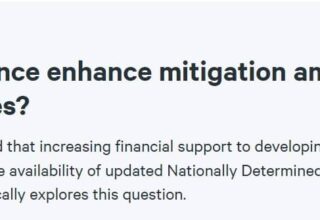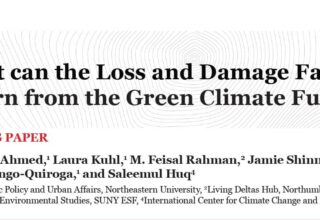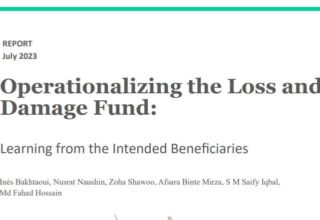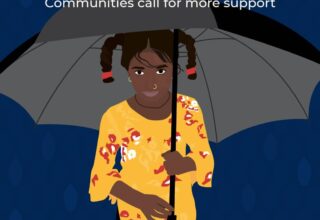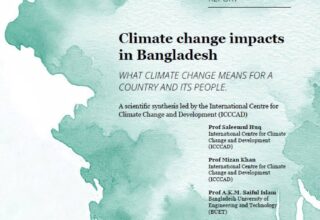Abstract
In 2015, the parties to the United Nations Framework Convention on Climate Change (UNFCCC) agreed on a long-term plan to limit global warming to below 2°C or 1.5°C through internationally coordinated, but nationally driven actions. Nationally Determined Contributions or NDCs are country-level commitments to achieve this goal.
Like many other developing countries, Bangladesh has included not only mitigation actions but also adaptation components into its NDCs.
This research aims to identify gaps and needs for the implementation of NDCs in Bangladesh, especially on the policy level, so as to develop recommendations to address them. The research identifies entry points and synergies between National Adaptation Plans (NAPs), Sustainable Development Goals (SDGs) and the Sendai Framework for Disaster Risk Reduction processes, the effective implementation of NDCs on adaptation and loss and damage, and their application in Bangladesh.
Major gaps in the implementation of Bangladesh’s NDCs are a lack of institutional capacities and coordination, a lack of policies that directly and concretely address climate change in the food security, livelihoods, and health protection sectors, the lack of inland flood protection and monsoon protection policies, the lack of disaster management facilities and training in flood-prone areas, the lack in climate change and especially adaptation awareness among ministries and other government institutions, and the lack of a finished NAP. The institutional arrangement for NDC implementation in Bangladesh is not yet operational, and the advisory and coordination committees could have more detailed guidelines and mandates. On the financial side, there is no specific allocation from the national budget for NDC implementation, and the NDC road map should include detailed financial and technical support. Loss and damage has not been integrated into the different institutions yet, although there are national mechanisms to cover some of its aspects.
As Bangladesh is one of the most vulnerable countries to the impacts of climate change, implementing the adaptation and loss and damage components of its NDCs is of great importance. The country has committed itself to implementing NDC adaptation goals through its NAP, but to be successful,it needs to recognize and address the existing gaps. If Bangladesh can establish more effective coordination and build capacities and awareness among ministries and other government institution, secure financial support for adaptation actions, push forward the formulation of its NAP, promote transparency in administrative and implementation processes related to the NDCs, develop a detailed monitoring plan, and revamp its institutional and policy landscape, it is on the right track to the successful implementation of the adaptation and loss and damage components of its NDCs.
Authors:
Md. Nadiruzzaman, Sharaban Tahura Zaman, Vositha Wijenayake, Dennis Mombauer
Click Here To Download PDF
